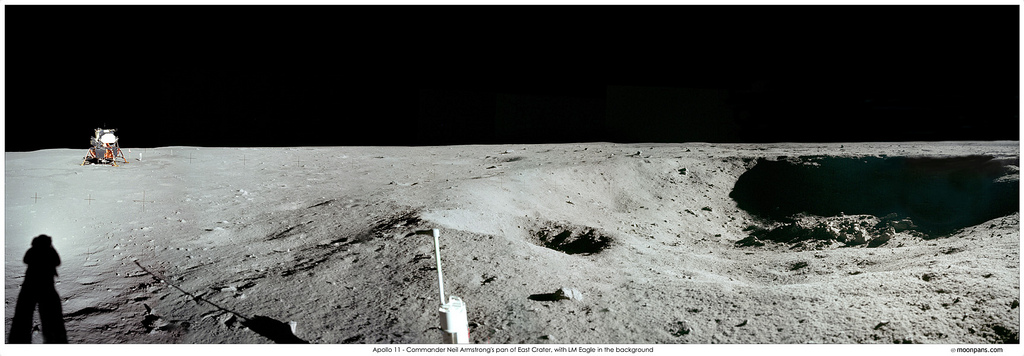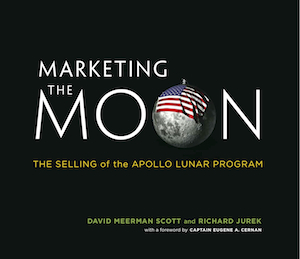At this very moment, three stories are playing out.
You are reading these words — this story I’m beginning to tell you — while having a dialogue in your head. Maybe it’s about the topic at hand — your expectations. Maybe it’s about something not related to this whatsoever. Maybe you just said to yourself, “I’m not having a conversation with myself. What’s he talking about?”
While these two stories are playing out, a third story is happening. You are recording this experience — the room you’re in, the sounds surrounding you, you’re mood, etc. as you read this. You are doing this to help your memory recall this, should you need it in the future.
Of course, not everything we say and hear is a story.
Many things are mere information. Like, “I need green peppers and an onion for the pasta tonight.”
So what makes stories different than information? And why, on earth, should you care?
I’m betting, in your professional life, you build, fix, promote, sell and manage things. You enable people.
But what if you could empower them? Inspire them?
That’s what stories do. Stories empower us. Move us. Inspire us. Teach us.
Jacqueline Novogratz wants to help entrepreneurs in Africa and Asia transform their communities through innovation. How can they do this? Through patient capital investments from people like you and me, and through companies like those in which we work.
But that’s just information. Before you continue reading, please watch this three-minute video…
How did Jacqueline’s story make you feel? Did you feel a connection with her and her cause?
That’s the power of a story. The information I gave you on Jacqueline couldn’t do that job.
Now watch a 1969 video of Fred Rogers testifying before a Senate subcommittee.
In six minutes, Mr. Rogers moved Senator Pastore and others to increase PBS funding from $9 million to $20 million. And he did it through personal anecdotes and stories of progress.
We waste too much time trying to persuade and convince others through facts, features and fear. Through stories, we empower others to change their own mind.
And that’s exactly what I’m doing here.
In giving you Jacqueline and Mr. Roger’s stories, I hope that you will begin telling yourself a story that changes the way you lead, market and influence those you work to serve.
Thank you, Alan, for inspiring this post.



